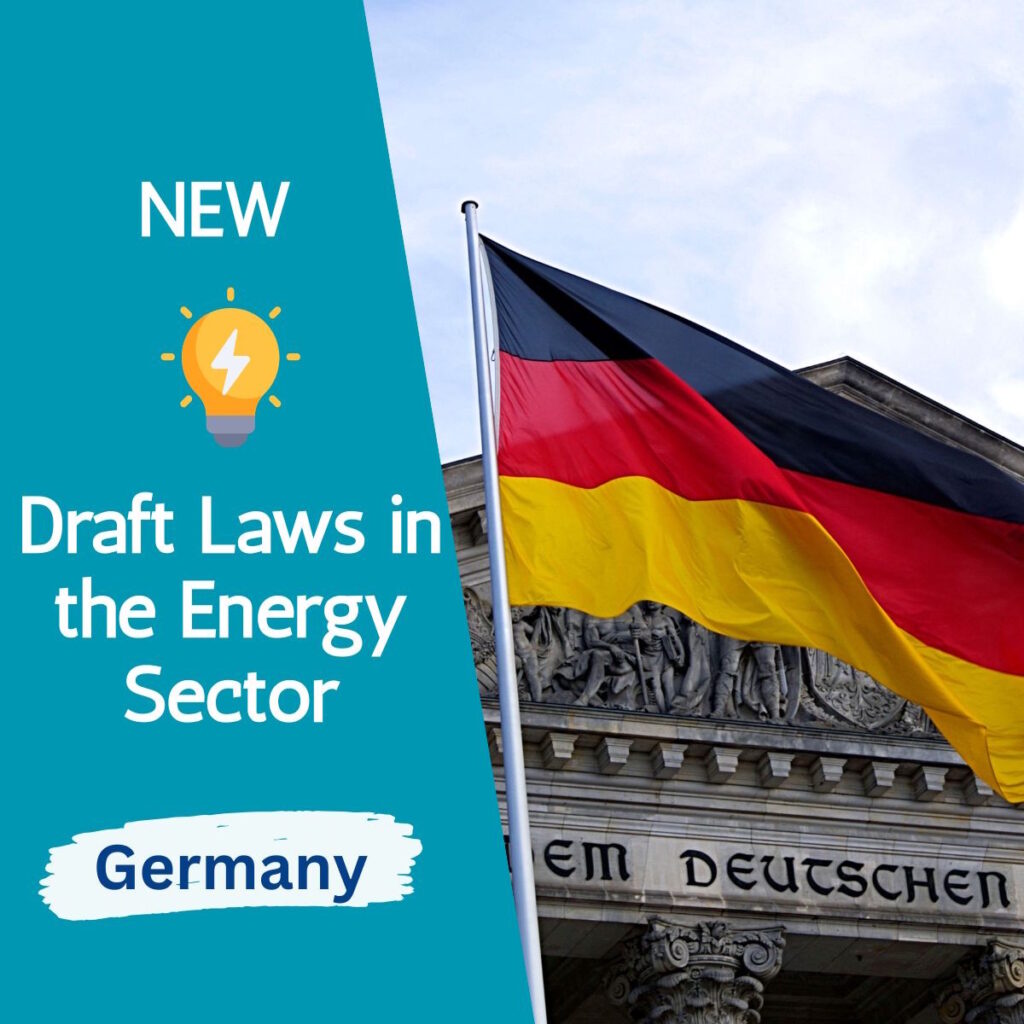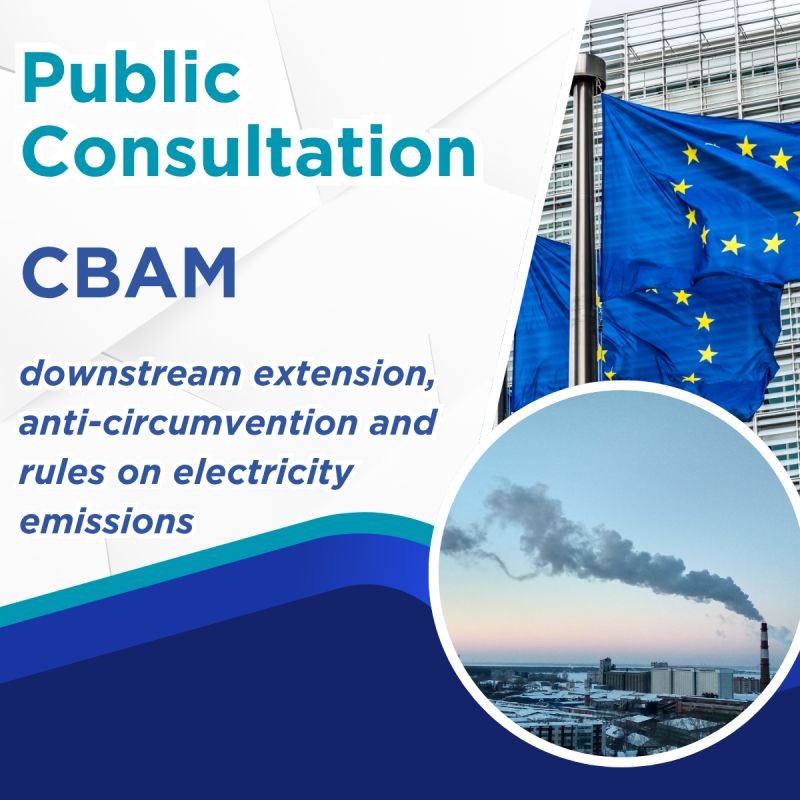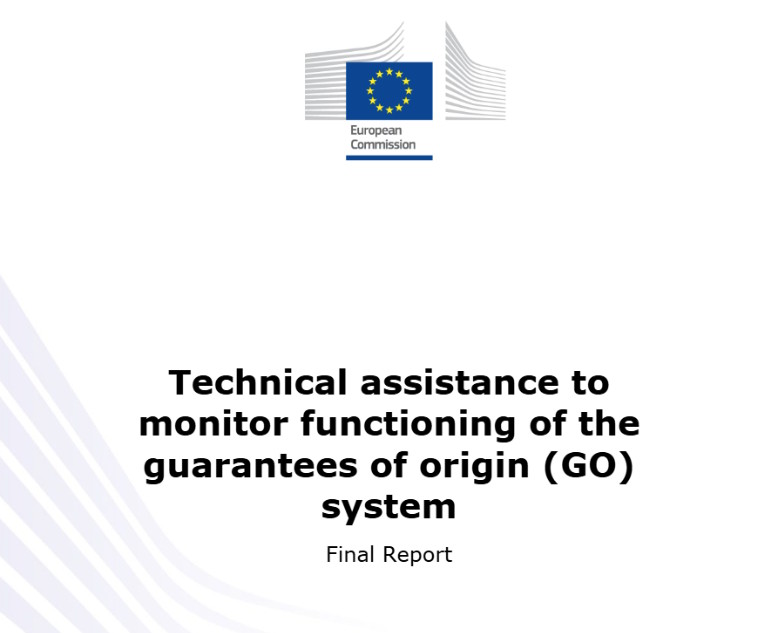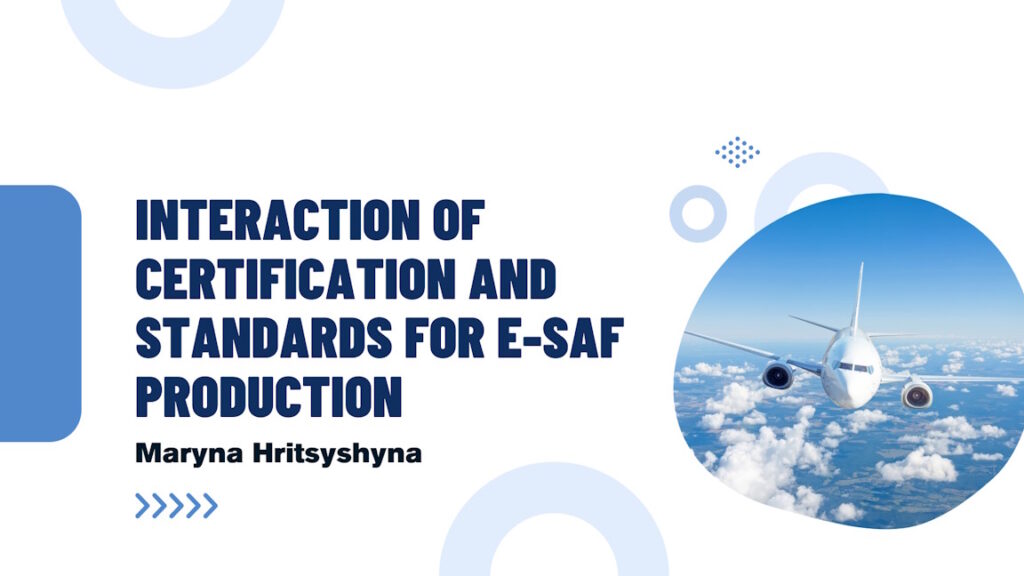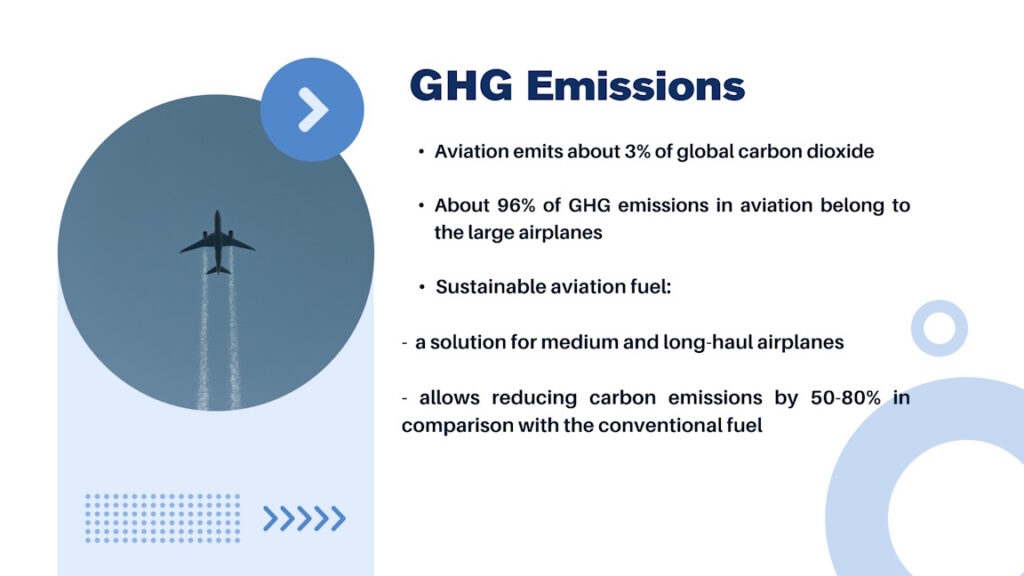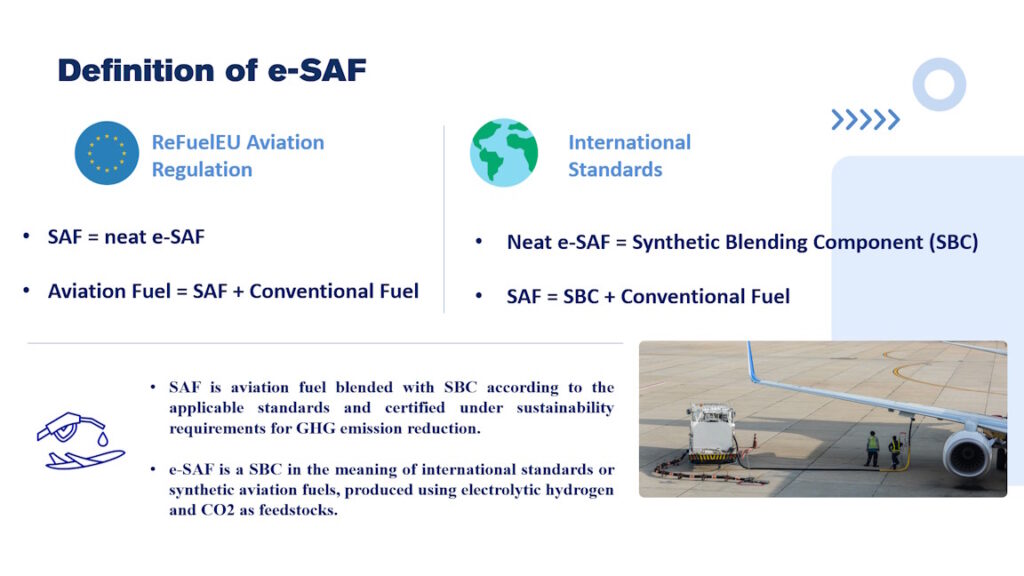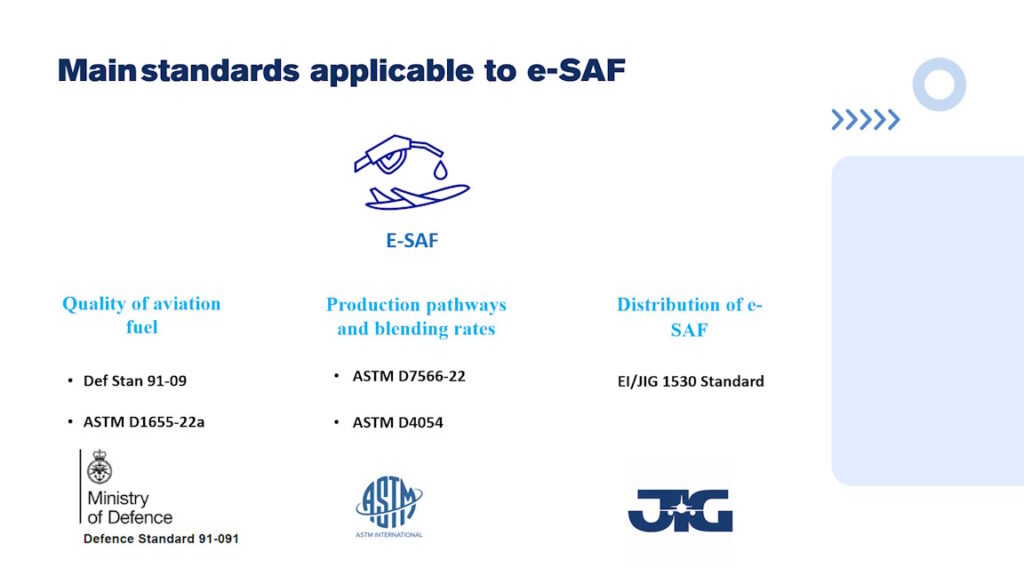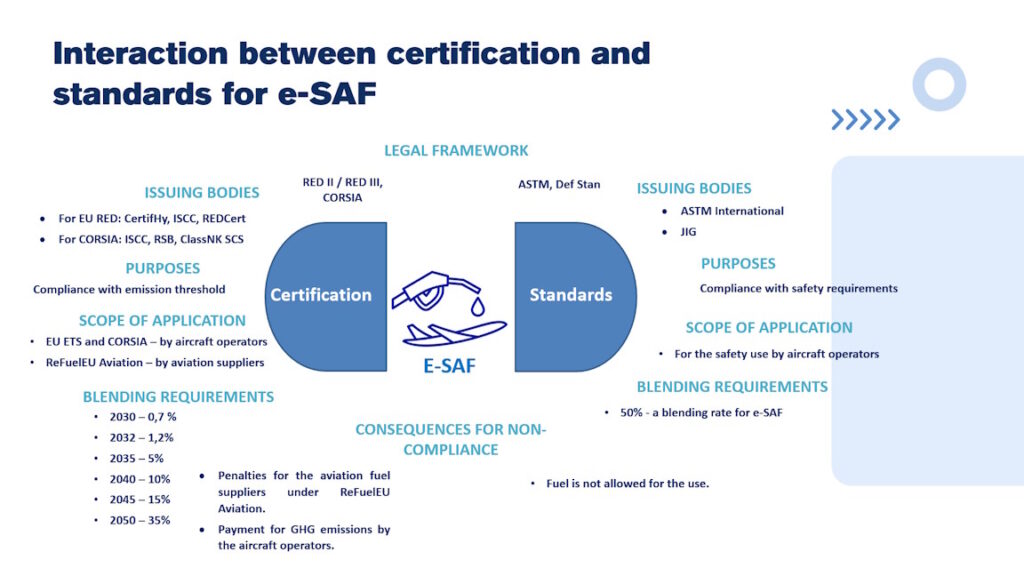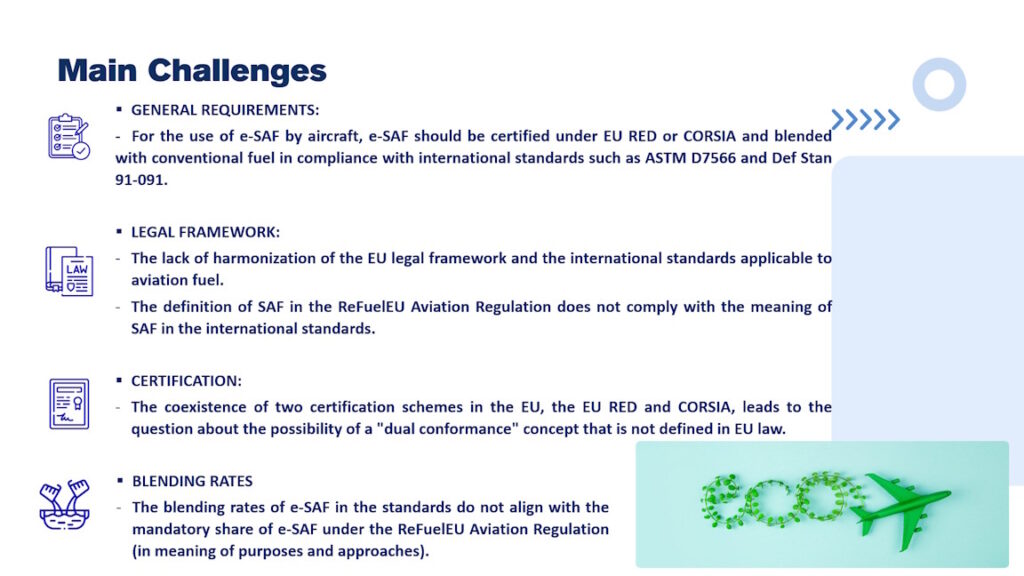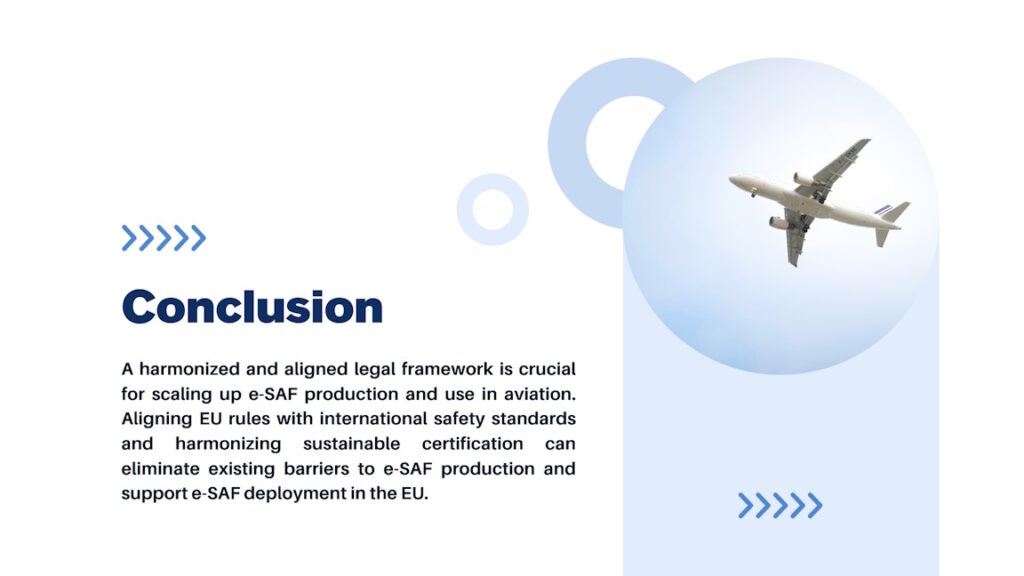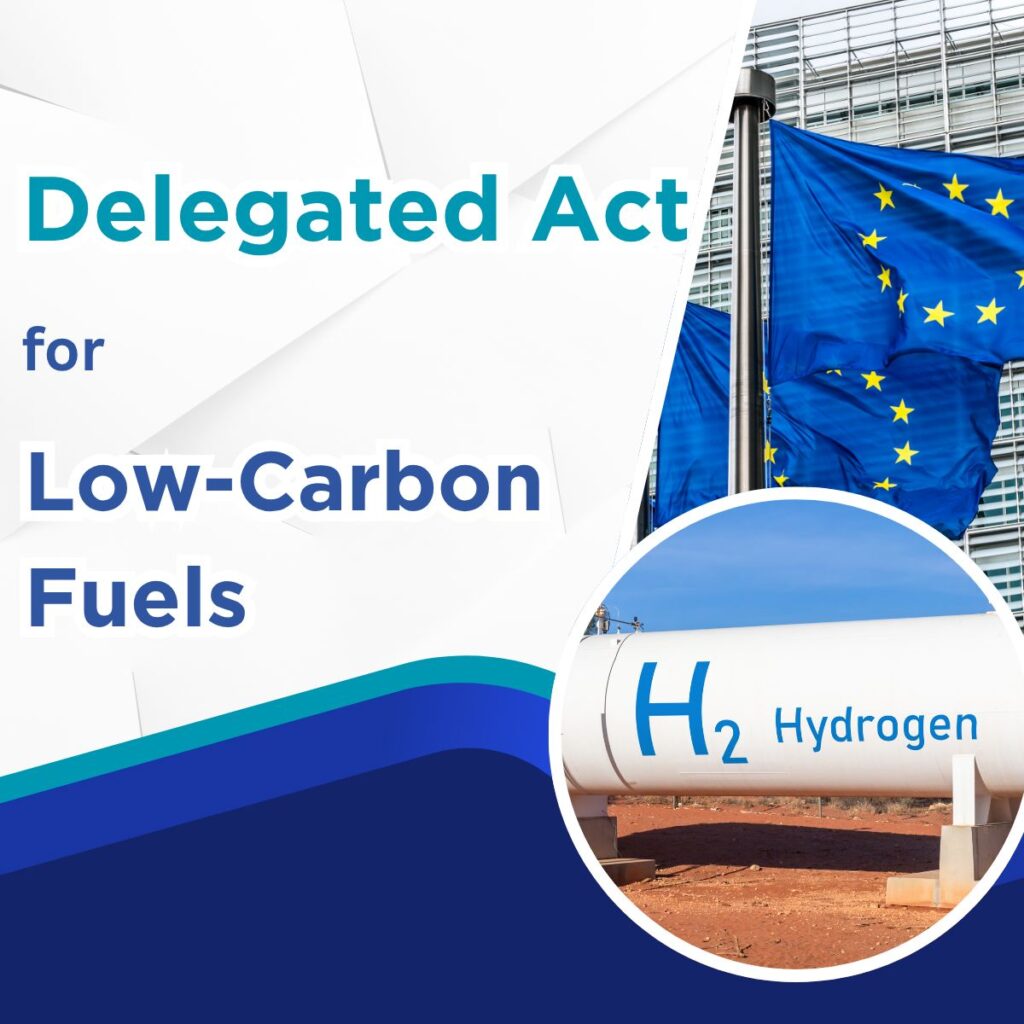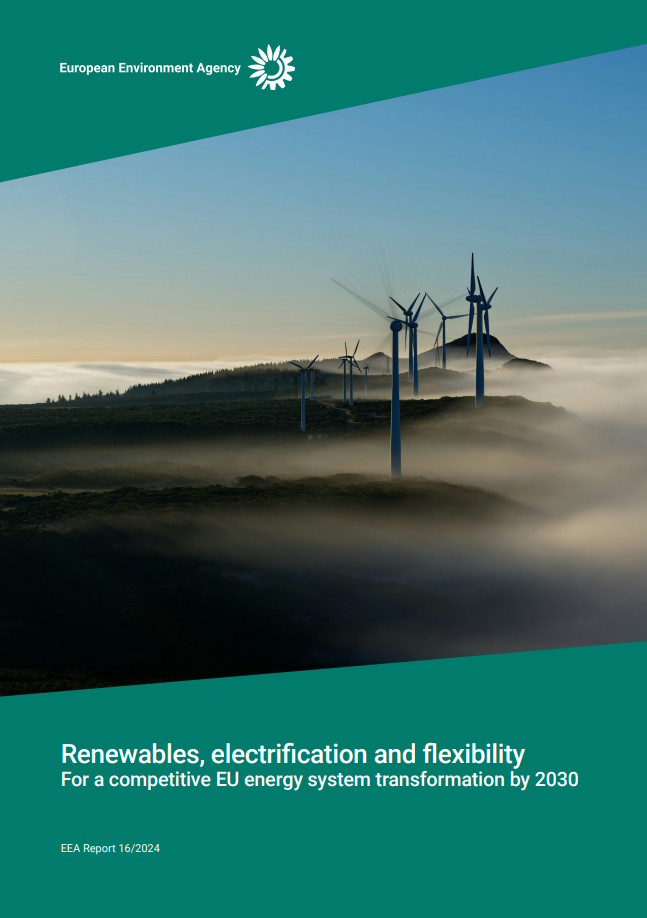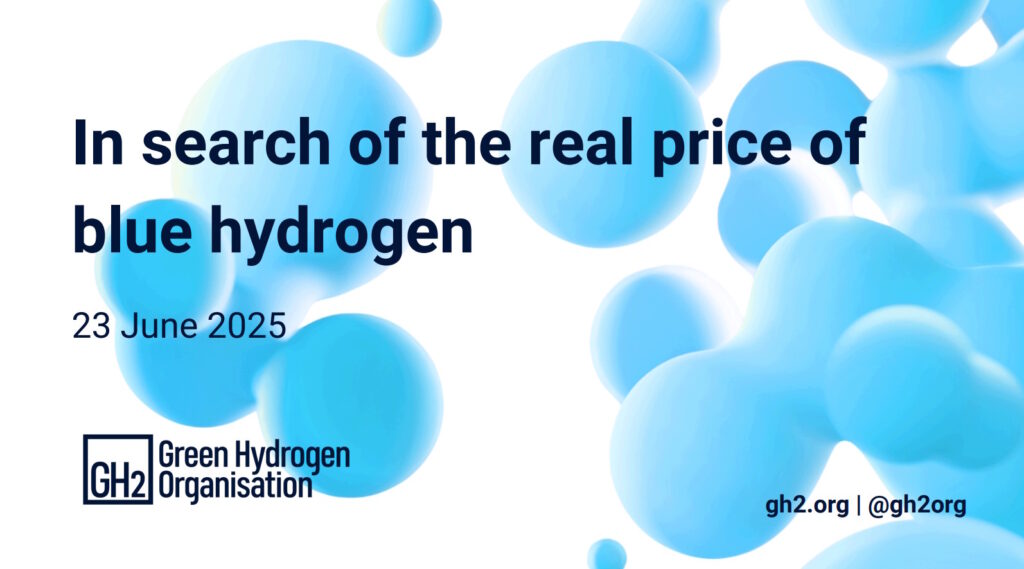Carbon Dioxide Storage Act
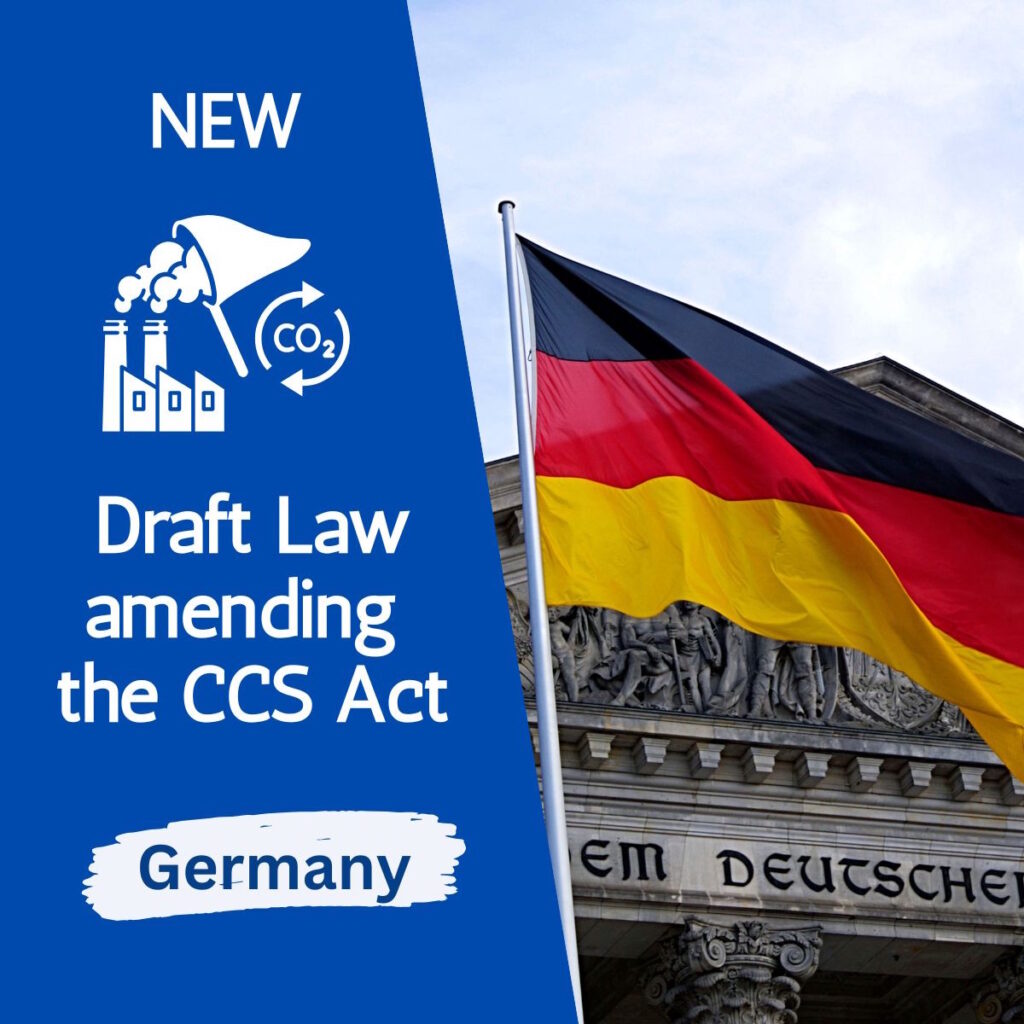
On 6 August, the German Federal Cabinet approved the Draft Law to amend the Carbon Dioxide Storage Act. The law is intended to enable the use of CCS (carbon capture and storage) and CCU (carbon capture and utilization), as well as the transport and storage of CO2.
📄 Draft Law: Entwurf eines Gesetzes zur Änderung des Kohlendioxid-Speicherungsgesetzes
The Draft Law was developed over the past few months by the Federal Ministry for Economic Affairs and Energy and coordinated with the states, associations, and other ministries.
✅ Key Takeaways:
📌 With this draft law, Germany joins the ranks of countries that aim to use CCS technologies as part of achieving their climate targets.
📌 The law establishes a legal framework for the construction of CO2 pipelines and storage facilities, while ensuring compliance with safety and environmental regulations.
📌 The main provisions include:
- Application of the law to the licensing and operation of CO2 pipelines, the licensing and operation of permanent underground storage facilities, as well as the investigation, monitoring, decommissioning, and aftercare of all facilities and equipment related to CO2 storage and transport.
- Authorization of CCS facilities for commercial use on an industrial scale on the continental shelf and in the exclusive economic zone.
- Exclusion of marine protected areas and coastal waters from CO2 storage.
- An opt-in option for federal states to allow onshore storage on the German mainland.
- Recognition of the overriding public interest for the construction, operation, and significant modification of CO2 pipelines and storage facilities.
- Exclusion of emissions from coal-fired power generation from access to the CO2 pipeline network.
- Introduction of regulations to accelerate procedures and approvals for the development of CO2 infrastructure.
➡️ Source: Bundesregierung ebnet den Weg für CO₂-Speicherung und -Nutzung (CCS und CCU)

